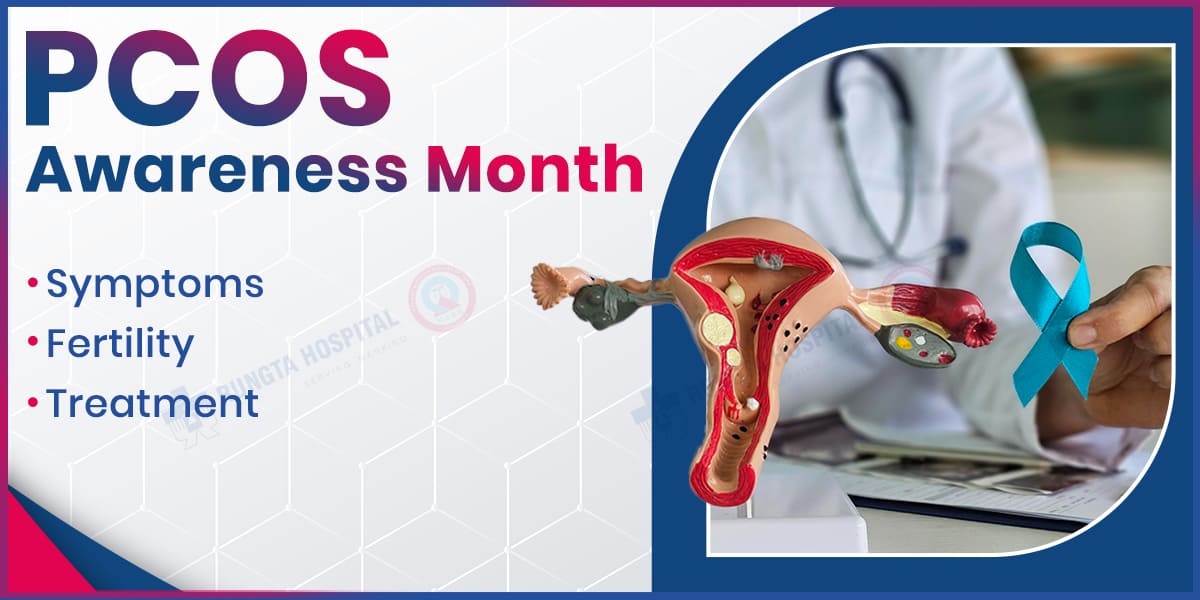
Neuroblastoma is a rare type of cancer that primarily affects young children, typically arising from immature nerve cells in the adrenal glands, neck, chest, or spinal cord. This malignancy can manifest with a range of symptoms, including abdominal pain, lumps, bone pain, and fatigue, depending on its location and progression.
To fully understand neuroblastoma, it is essential to delve into several key areas: the causes of neuroblastoma, which often involve genetic mutations and familial predispositions; the symptoms that can help in early detection; the diagnostic methods such as imaging and biopsy used to confirm its presence; and the variety of treatment options available, from surgery and chemotherapy to immunotherapy and stem cell transplants. Understanding these terminologies and concepts is crucial for grasping the complexity of this aggressive childhood cancer.
Neuroblastoma is a malignant neoplasm arising from neural crest cells, precursors to the sympathetic nervous system. It most commonly originates in the adrenal medulla or paraspinal sympathetic ganglia and is characterized by the proliferation of immature neuroblasts.
These cells fail to differentiate fully into mature nerve cells and instead form tumors. Neuroblastoma is the most common extracranial solid tumor in childhood and exhibits a wide range of clinical behavior, from spontaneous regression to aggressive metastasis. The disease is associated with various genetic abnormalities, including amplifications of the MYCN oncogene, deletions of chromosome 1p, and alterations in the ALK gene.
You Can Read also:- Osteotomy (Bone Cutting): Types, Procedure, Treatment & Recovery
The symptoms of neuroblastoma vary depending on the location of the tumor, its size, and whether it has spread to other parts of the body. Common symptoms include:
The exact causes of neuroblastoma are not fully understood, but it is believed to result from a combination of genetic and environmental factors. The primary causes include:
The risk factors for neuroblastoma are not fully understood but include several genetic and environmental influences:
You can read also:- पीलिया के लक्षण, कारण, और उपचार
Neuroblastoma can lead to several serious complications, especially if the cancer spreads or as a result of treatment. These include:
Diagnosing neuroblastoma involves several steps and a variety of tests to confirm the presence of the tumor, determine its location, and assess its stage. Common diagnostic methods include:
The treatment of neuroblastoma depends on the child’s age, the stage of the cancer, and the tumor’s genetic characteristics. Treatment options are tailored based on risk groups (low, intermediate, and high) and often involve a combination of therapies:
In conclusion, neuroblastoma presents a significant challenge in pediatric oncology, necessitating early diagnosis and effective management.
Rungta Hospital excels in diagnosing and treating neuroblastoma under its Pediatric Oncology department, utilizing advanced technology and a specialized team to ensure comprehensive care. While the exact causes remain unclear, awareness of risk factors and continued research into genetic predispositions are crucial for prevention. Promoting routine health check-ups and educating parents on the signs and symptoms can facilitate early detection.
Collaborative efforts in research, education, and clinical practice are essential to improving outcomes and ultimately finding ways to prevent this devastating disease in young children.